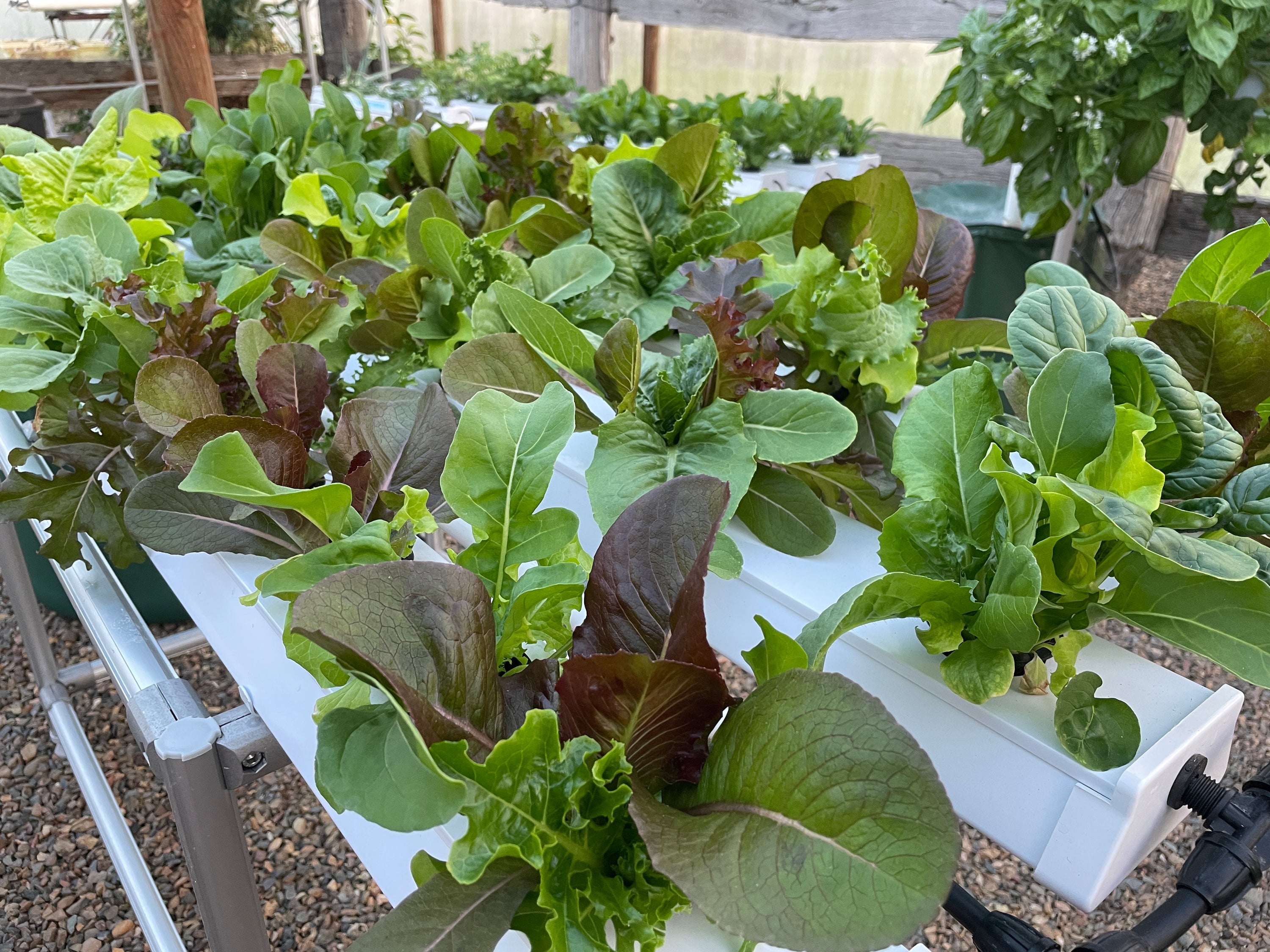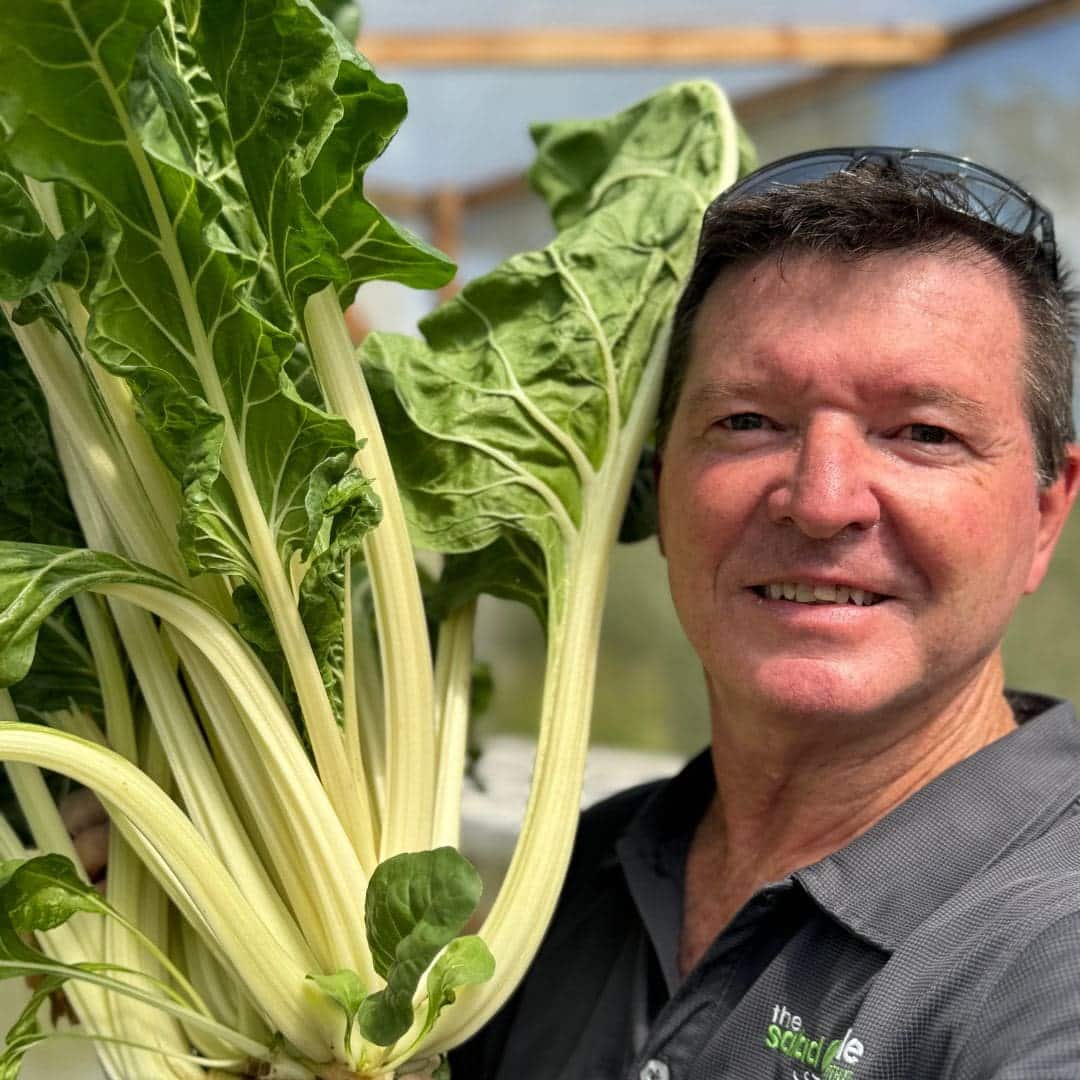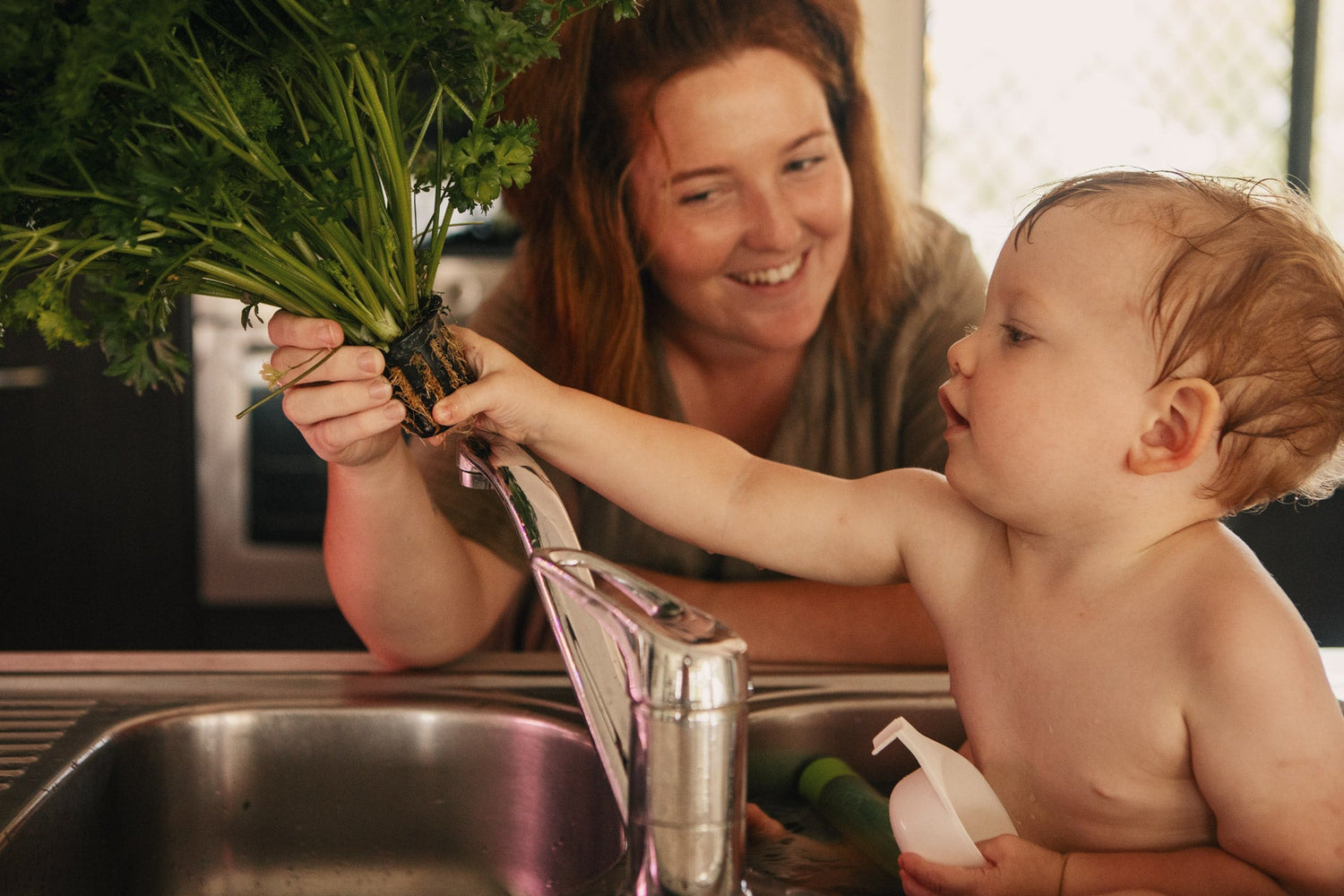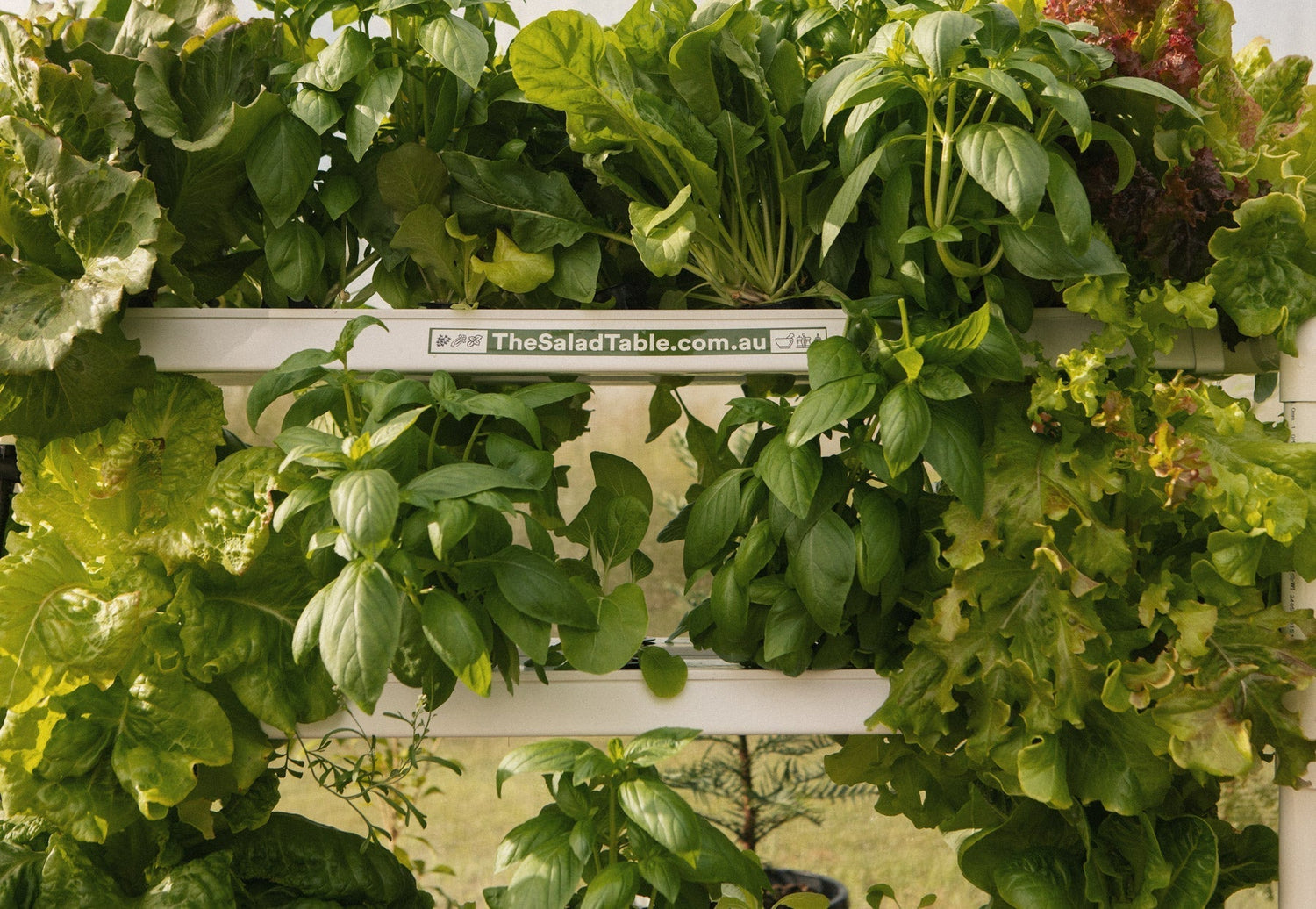The world is currently facing environmental and food supply challenges and many organizations are looking for sustainable solutions. One innovative approach that is gaining popularity nowadays is hydroponic gardening. With its promise of efficient resource utilization, minimal environmental impact, and year-round cultivation, hydroponics represents a compelling avenue towards a greener future. Let’s explore how this method can help build a sustainable future.
What is Hydroponic Gardening?

Hydroponic gardening is a method of growing plants without soil, using nutrient-rich water solutions instead. This technique leverages water efficiency, allowing for the cultivation of crops in controlled environments such as greenhouses or even indoors. By eliminating the need for soil, hydroponics addresses various challenges associated with traditional agriculture, including land scarcity, soil degradation, and water wastage.
Advantages of Hydroponic Gardening
1. Water Conservation
Hydroponic systems use significantly less water compared to conventional farming methods. Water is recirculated within the system, minimizing wastage and optimizing hydration for plants.
2. Space Efficiency
With hydroponics, crops can be grown vertically or in compact configurations, maximizing land use efficiency. This makes hydroponic gardening suitable for urban environments and areas with limited arable land.
3. Nutrient Management
In hydroponic systems, nutrients are delivered directly to plant roots in precise amounts. This controlled environment allows for optimal nutrient uptake, leading to healthier plants and higher yields. Our Salad Table Nutrient is the secret to incredible plant growth. Packed with essential elements, it's the perfect recipe for thriving plants in any environment. It delivers a balanced, direct-to-the-root boost, ensuring your plants not only survive but flourish.
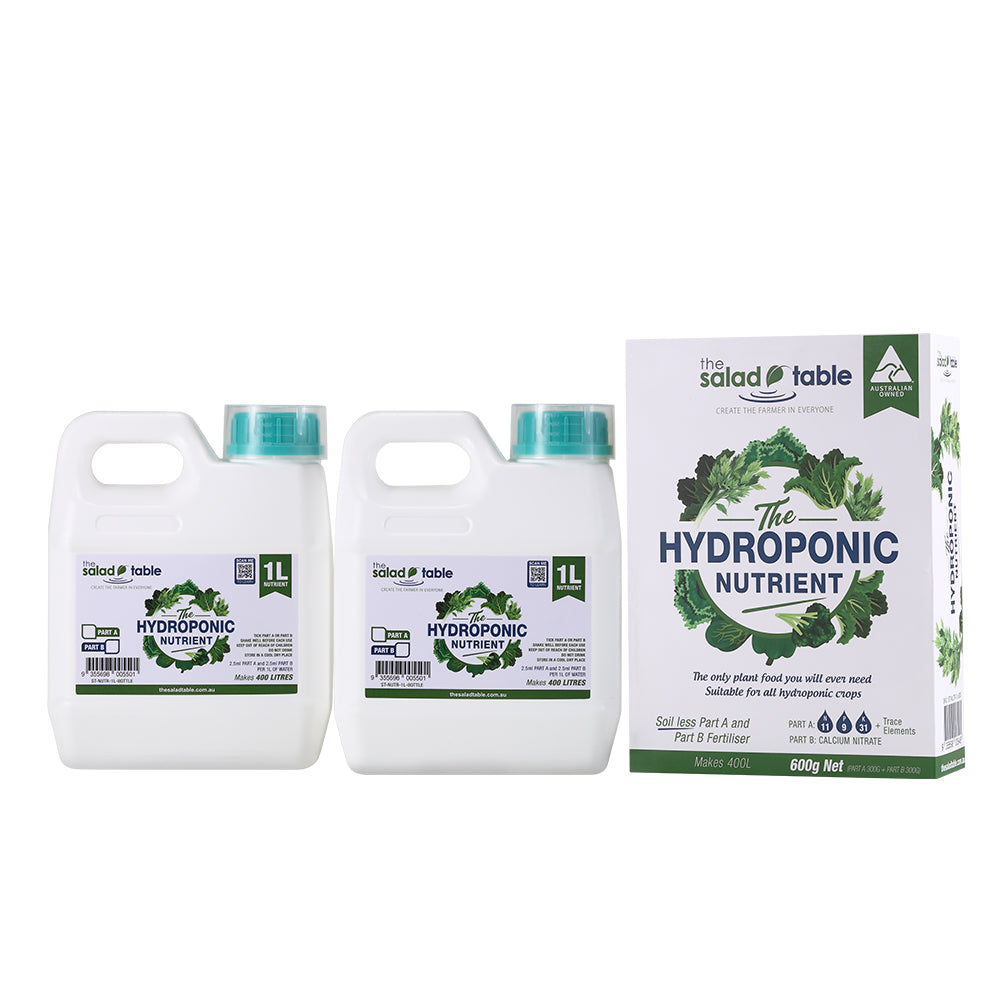
By eliminating the need for chemical pesticides and fertilizers, hydroponic gardening reduces the risk of soil and water contamination. Additionally, indoor hydroponic setups can mitigate the environmental impact of conventional agriculture by minimizing transportation emissions associated with long-distance food distribution.
Steps to Establishing a Hydroponic Garden
1. Choose the right hydroponic system
Select a hydroponic system that aligns with your space, resources, and plant preferences. At Salad Table, we offer different kinds of hydroponic systems to choose from.
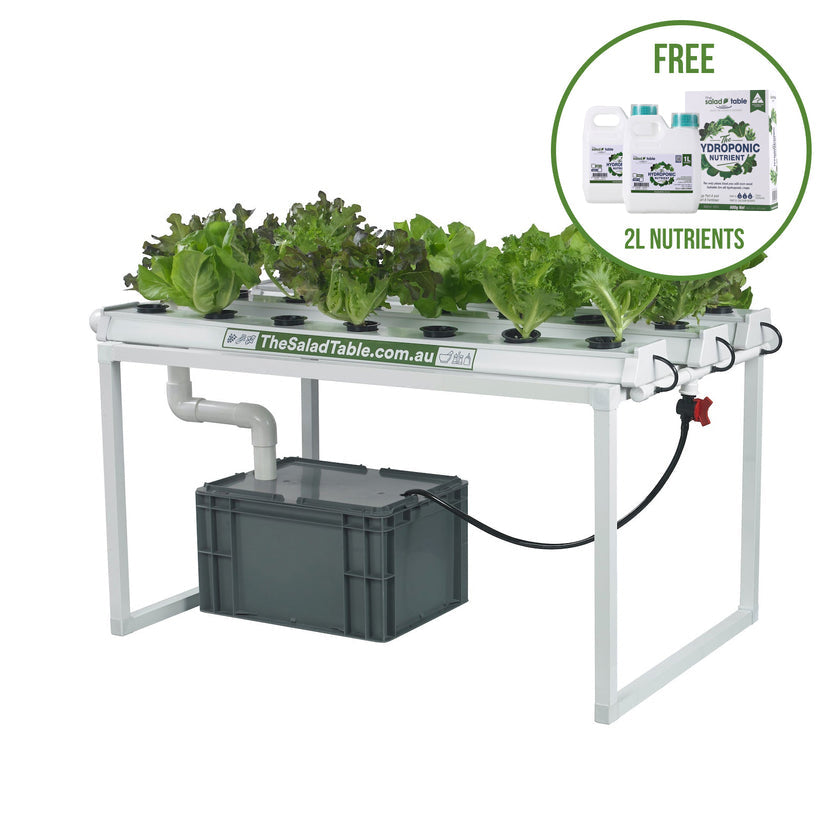
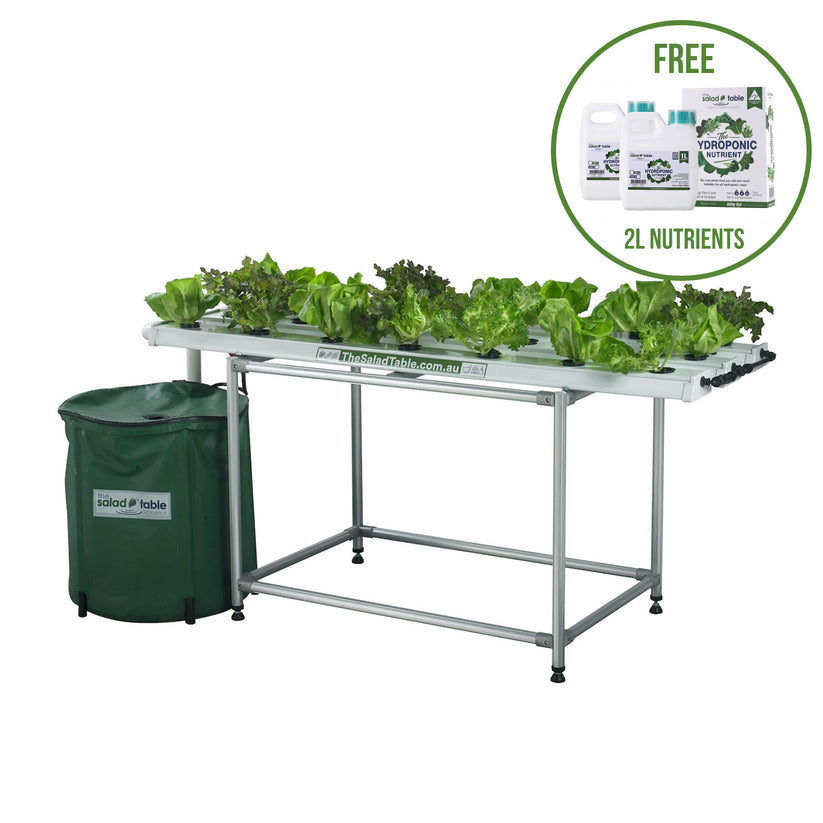
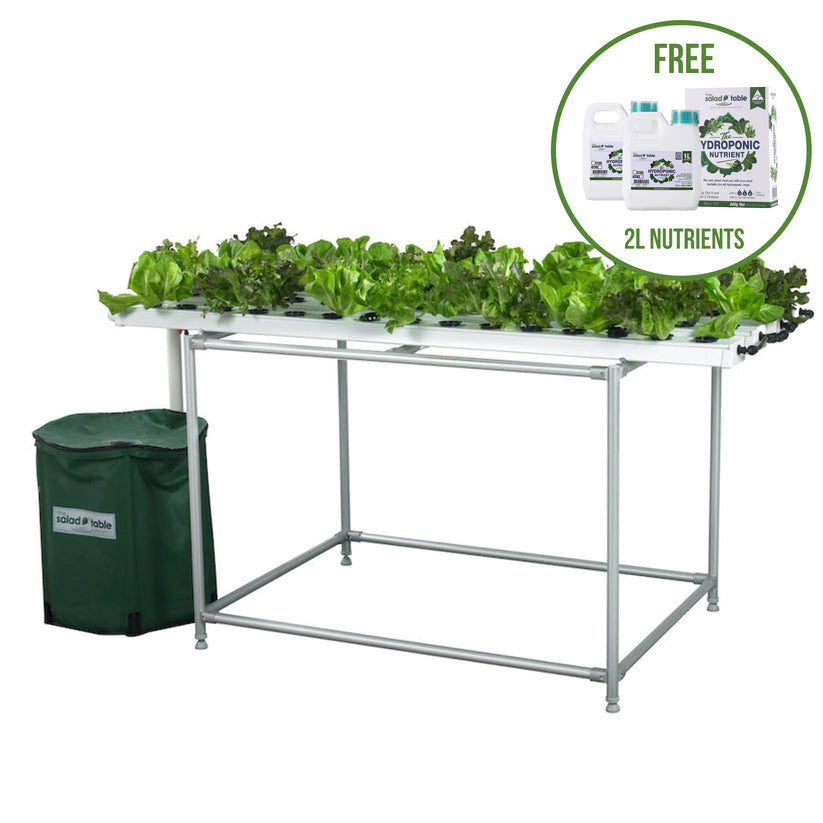
2. Select suitable plants
While hydroponics can accommodate a wide range of crops, some plants thrive better in this environment than others. Leafy greens, herbs, tomatoes, and peppers are popular choices for hydroponic cultivation.
3. Provide adequate lighting
Since hydroponic gardens are often located indoors or in controlled environments, proper lighting is essential for photosynthesis. LED grow lights are energy-efficient and provide the spectrum of light necessary for plant growth.
4. Monitor nutrient levels
Regularly check and adjust nutrient concentrations in the hydroponic solution to ensure optimal plant health. Maintaining proper pH levels is also crucial for nutrient absorption.
5. Control Environmental Conditions
Maintain consistent temperature and humidity levels within the hydroponic environment to prevent stress or disease outbreaks among plants. Adequate ventilation and air circulation are essential for healthy growth.
Cultivating a Sustainable Future
Hydroponic gardening holds immense potential for fostering sustainability in agriculture. By embracing this innovative technique, individuals and communities can reduce their ecological footprint while ensuring food security and resilience against environmental challenges. Whether you are a seasoned gardener or a novice enthusiast, exploring hydroponics offers a rewarding journey towards a greener and more sustainable future. Join the movement and start cultivating sustainability one hydroponic garden at a time. Let us help each other to create the farmer in everyone!


